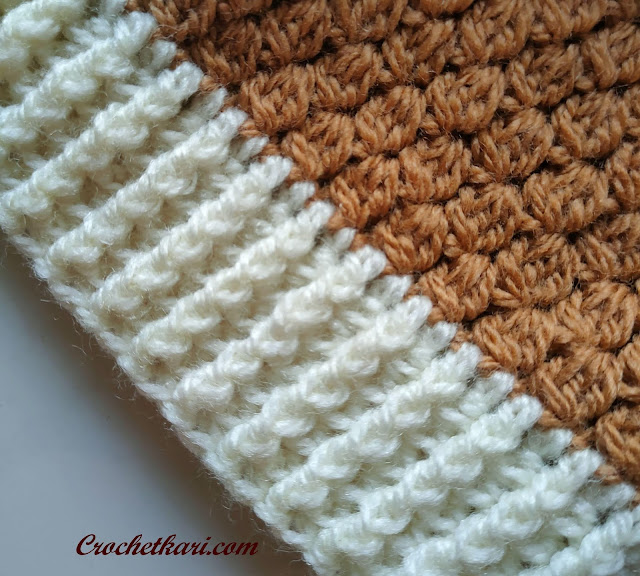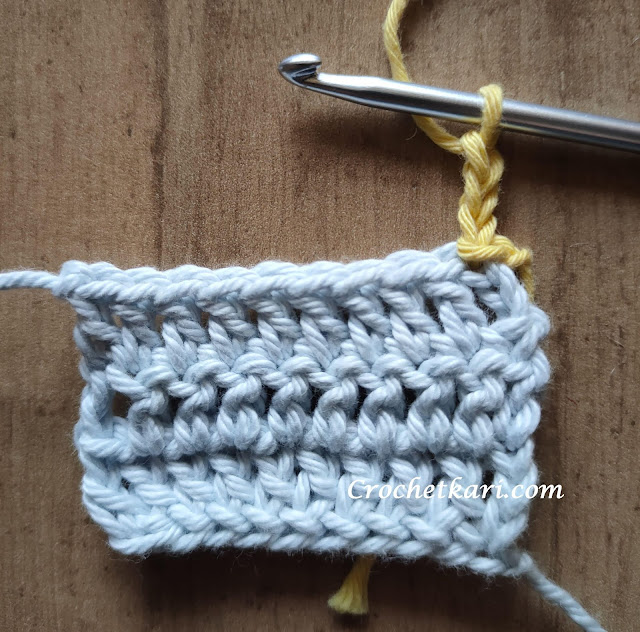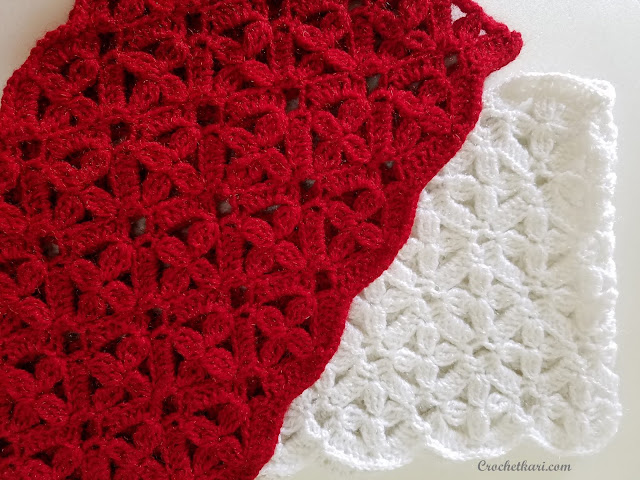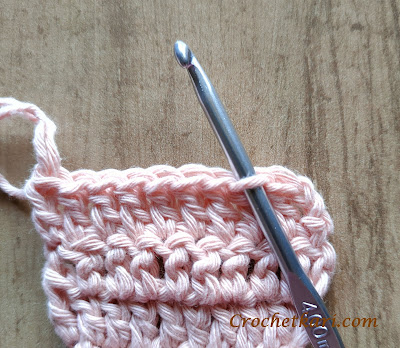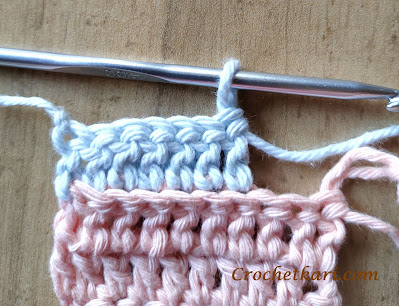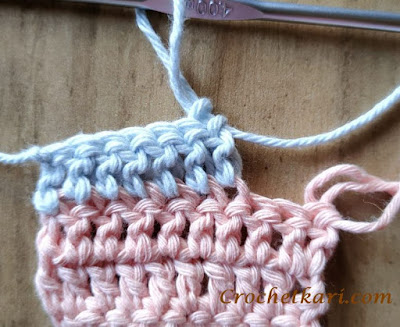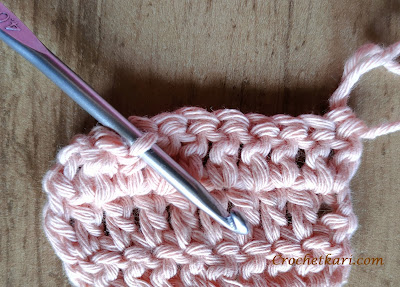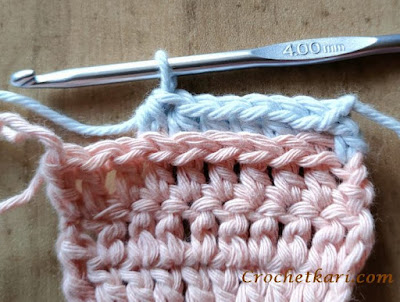Namaste friends 🙏
Calendar pages are turning but not much is being achieved. We are already in the second half of 2021!
When the lockdown was announced I thought with so much time on hand and nowhere to go, I will crochet heaps of items and write a ton of patterns.
Only ended up adding more stuff to my WIPs basket...Lol.
Designed a lot of patterns but I’m yet to write them down in proper format.
Blamed it squarely on the Fam and protested that having them around All the time was disrupting my creative flow. Not that it affected them one bit.
The only thing that bothered them was “What’s the menu for the next meal?”. This question would usually pop up even before we were done with the current meal!!
I hope you had a look at my latest free crochet cowl pattern in my last post. If you did, do let me have your comments/ suggestions.
In THIS post we saw 4 different ways to work into a crochet stitch.
In today’s post let’s see how to work around the posts of the stitches. These stitches are called Post Stitches (obviously).
* This post contains affiliate links which if you use for any purchase, may yield me a small commission, at no extra cost to you. Thank you.
Post stitches can be made with any stitch and can be worked around any stitch. For this tutorial we will work with double crochet stitches.
I am using cotton yarn and a 4mm crochet hook for this tutorial.
Front Post Double Crochet aka Fpdc.
To start I have crocheted 3 rows of Dcs. Post stitches need at least one row of regular stitches around which they are worked.
On our post stitch row (in yellow) I have begun with the usual 3ch.
For a Fpdc – yarn over, insert hook in the space between the first and the second dc below going from the front to the back,
and then from back to front between the second and third dc below, while lifting the post of the second dc and bringing it forward
Now yo and pull through so that there are three loops on the hook.
We will complete the rest of the stitch just like a regular dc.
As this stitch brings the stitch below to the front it is called a Front Post Double Crochet. It gives a raised effect and is great for adding texture to your project.
Now onto the second Fpdc…
Here is a row of seven Fpdcs
and on the backside, we can see the loops formed by the Fpdcs around the posts below, we can also see a ridge of the unworked tops of the stitches forming a ridge, which also adds a 3D effect in your design.
Just for comparison here is a row with 5 Fpdcs and 4 regular Dcs.
The procedure for making Front Post single crochet, Front Post Half Double Crochet or even Front Post Treble crochet is basically the same as far as insertion of the hook is concerned, after that they have to be completed just like their regular versions. (I hope that sentence made sense.)
Back Post Double Crochet aka Bpdc
The difference between a front post and a back post stitch is just the direction in which the hook is inserted.
So let’s start, we have our usual 3 ch to begin the row, then yarn over,
now we insert the hook between stitches from the back to the front and then we go to the back again pushing the post below to the back, hence the name Back Post Double crochet.
The stitch is completed just like a regular dc.
Here we see the raised ridge of unworked tops of the stitches below is on the front while the post is pushed to the back. We can also see the loops in yellow formed by the Bpdcs.
For comparison we have a row with 5 Bpdcs and 4 regular dcs.
And here is a look at the wrong side of the row.
As I mentioned earlier post stitches are great for adding texture to your projects and are used to form various stitches like Waffle stitch, Alpine stitch, Basketweave stitch, crochet cables and even ribbing.
So, you absolutely must have Post Stitches in your repertoire.
We will cover some of these stitches later. The very first pic of this post 👆 shows an example of crochet ribbing using alternate front post and back post stitches.
I have used this post stitch ribbing technique in the free Flora beanie crochet pattern, so do check that out.
I hope you found this tutorial useful. Please let me know in the comments.
Crochet Classes
You can now join me for private online crochet coaching classes from the comfort of your home. Contact me by clicking HERE, and also on Instagram.
While scouring Youtube for crochet videos I developed an interest in Tarot card reading and enjoyed watching them. And then a few days ago I came across these Yarn Tarot cards, so if you are a yarn lover and a Tarot card reader (which I am not), you might enjoy them! 😀
Follow me on Instagram and Facebook to stay in the loop.
Stay home, stay safe, stay healthy.
* This post contains affiliate links which if you use for any purchase, may yield me a small commission, at no extra cost to you. Thank you.

